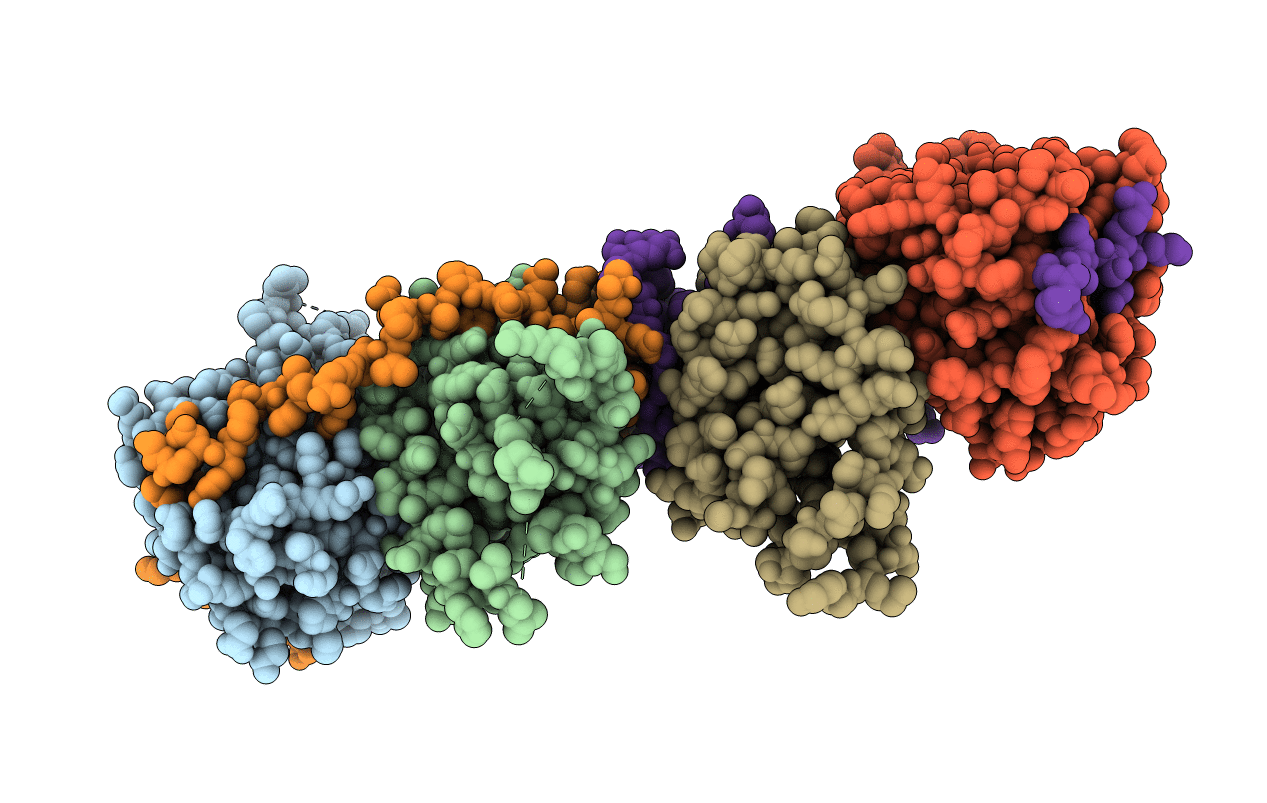
Deposition Date
2020-05-08
Release Date
2021-03-03
Last Version Date
2023-10-18
Method Details:
Experimental Method:
Resolution:
3.80 Å
R-Value Free:
0.26
R-Value Work:
0.23
R-Value Observed:
0.24
Space Group:
I 4 3 2


